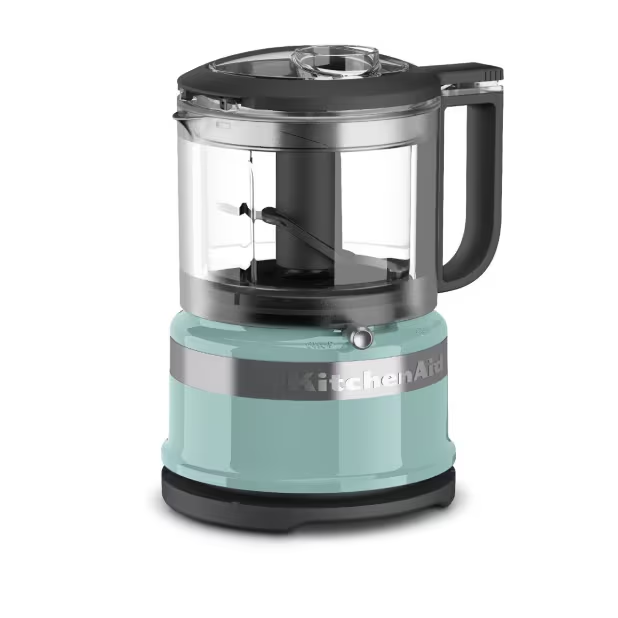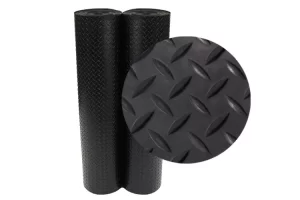Luces LED, referred to as LED, is a lamp that uses semiconductors to convert electrical energy into light energy. It can emit different spectrums such as red, yellow, green and blue. One of the most popular types of LED lights is the Luces LED.
Luces LED, which means “LED lights” in Spanish, are a type of LED light that is widely used in homes, offices, and commercial buildings. They are available in a variety of sizes, colors, and shapes, making them suitable for various applications. In this article, we will provide an overview of the different types of LED lights and their applications.
Ordinary monochrome light-emitting diodes
Ordinary monochrome light-emitting diodes have the advantages of small size, low working voltage, low working current, uniform and stable light emission, fast response speed, long life, etc., and can be driven by various DC, AC, pulse and other power sources. It is a current-controlled semiconductor device, and it needs to be connected in series with a suitable current-limiting resistor. The luminous color of an ordinary monochromatic light-emitting diode is related to the wavelength of light, and the wavelength of light depends on the semiconductor material used to manufacture the light-emitting diode.

High-brightness monochrome light-emitting diodes
The semiconductor materials used in high-brightness monochrome light-emitting diodes and ultra-high-brightness monochrome light-emitting diodes are different from ordinary monochrome light-emitting diodes, so the intensity of light is also different.
Color-changing light-emitting diode
A color-changing light-emitting diode is a light-emitting diode that can change the color of its light. We can divide color-changing light-emitting diodes into two-color light-emitting diodes, three-color light-emitting diodes, and multi-color light-emitting diodes that include red, blue, green, and white four colors.

Blinking light-emitting diode
Ultraviolet light-emitting diodes (UV LEDs) based on semiconductor materials have the advantages of energy saving, environmental protection and long life. And have great application value in the fields of sterilization and disinfection, medical treatment and biochemical detection. In recent years, semiconductor ultraviolet optoelectronic materials and devices have attracted more and more attention around the world and become a research and development hotspot.
Infrared light-emitting diode
Infrared light-emitting diode also known as infrared emitting diode, it is a light-emitting device that can directly convert electrical energy into infrared light (invisible light) and radiate it out. It is mainly used in various light control and remote control transmission circuits.

Ultraviolet light-emitting diodes
Ultraviolet light-emitting diodes (UV LEDs) based on semiconductor materials have the advantages of energy saving, environmental protection and long life.and have great application value in the fields of sterilization and disinfection, medical treatment and biochemical detection. In recent years, semiconductor ultraviolet optoelectronic materials and devices have attracted more and more attention around the world and become a research and development hotspot.
LED Panel Lights
Manufacturers design LED panel lights to offer uniform and diffused illumination for both residential and commercial environments. People commonly use them in offices, schools, and hospitals. LED panel lights are highly energy efficient, as they consume up to60% less energy than traditional panel lights and last up to50,000 hours.
LED High Bay Lights
Designers create LED high bay lights to deliver intense and directional illumination for spaces with high ceilings, such as factories and warehouses. People commonly use them in industrial settings and require minimal maintenance. LED high bay lights are highly efficient, as they consume up to60% less energy than traditional high bay lights and last up to50,000 hours.

In conclusion, LED lights come in a variety of shapes and sizes, each with their own unique applications. Understanding the various types of luces led available is essential to select the appropriate one for your specific requirements. Once you choose the right one, you can reap the benefits of energy efficiency, long lifespan, and versatility.







